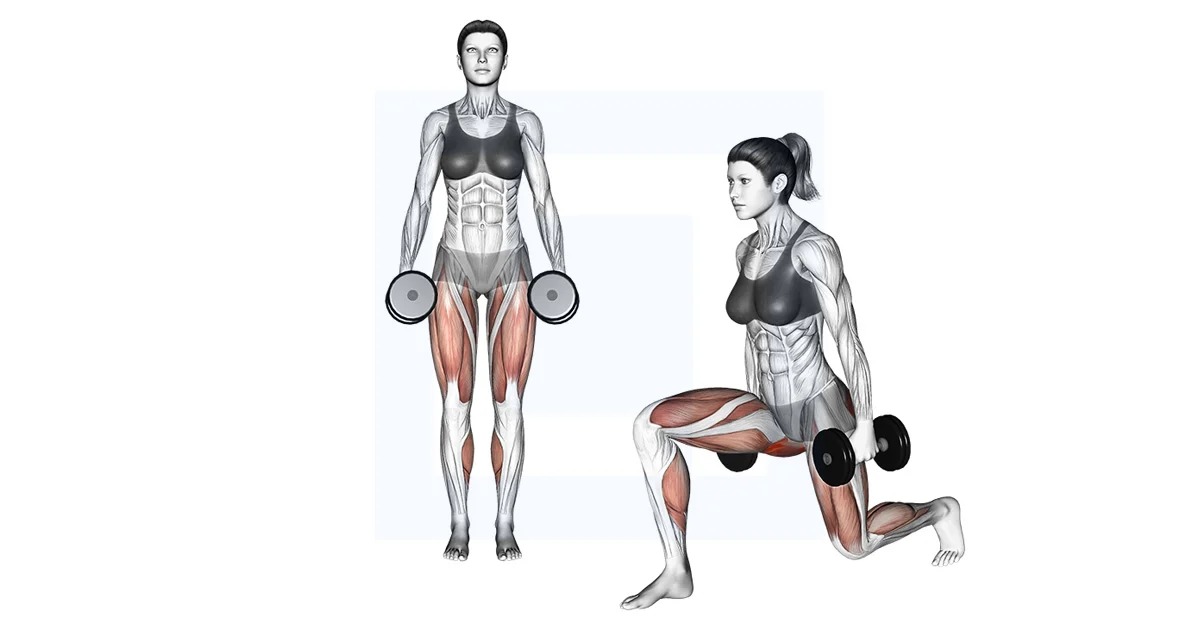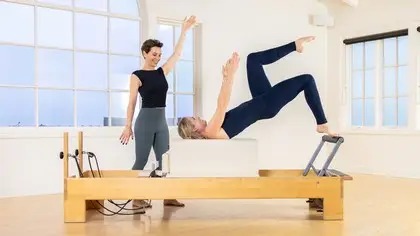Side lunges with weights are a dynamic and functional lower-body exercise that strengthens your glutes, quads, and inner thighs while improving flexibility and coordination. This exercise targets muscles from multiple angles, building both power and stability. Whether you train at home or in the gym, side lunges with weights are a must-have movement in your leg routine.
Understanding Side Lunges with Weights
A side lunge with weights involves stepping laterally while holding dumbbells, kettlebells, or other forms of resistance. The sideward motion activates muscles that often go underused in traditional forward or backward exercises. Adding weights increases resistance, helping develop strength, endurance, and muscle tone.
This exercise works your body in a different plane of motion, which is essential for overall balance and athletic performance.
Muscles Worked During Side Lunges with Weights
Side lunges with weights engage several major and stabilizing muscles, making them ideal for full lower-body training.
Primary Muscles
- Glutes, responsible for hip stability and power.
- Quadriceps, working to extend and control the knees.
- Adductors, helping to stabilize and pull the leg back toward the midline.
Secondary Muscles
- Hamstrings, assisting in hip extension and stabilization.
- Calves, maintaining balance and foot control.
- Core muscles, providing posture support and balance.
This combination makes the movement excellent for developing strength, coordination, and muscular endurance.
Key Benefits of Side Lunges with Weights
Builds Strength and Muscle Tone
Holding weights forces the glutes, quads, and thighs to work harder, promoting lean muscle development and greater lower-body power.
Improves Hip Flexibility and Mobility
The lateral motion stretches the inner thighs and hip muscles, reducing tightness and enhancing flexibility.
Enhances Balance and Coordination
Because you move in a sideward direction, your stabilizer muscles must engage more deeply, improving control and coordination.
Supports Fat Loss and Metabolic Health
Side lunges with weights activate large muscle groups, increasing calorie burn and helping maintain a healthy metabolism.
Prevents Muscle Imbalances
Many workouts emphasize front-to-back movement, but this side movement strengthens the body evenly and prevents strength imbalances.

How to Perform Side Lunges with Weights Correctly
Correct form is essential for maximizing results and preventing injury.
Step One: Starting Position
Stand with feet hip-width apart, holding a dumbbell in each hand or one at your chest in a goblet position. Keep your core engaged and chest lifted.
Step Two: Lateral Step
Take a big step out to the side, keeping your toes facing forward. Shift your weight into the stepping leg while keeping the other leg straight.
Step Three: Lower Your Body
Bend the working leg and push your hips back as if sitting into a chair. Keep your chest tall and your back neutral.
Step Four: Push Back to Start
Drive through your heel to return to the starting position. Then repeat on the opposite side.
Breathing Tip
Inhale as you lower down into the lunge, and exhale as you push back up.
Helpful Form Tips
- Keep your weight on your heel and avoid your knee extending past your toes.
- Maintain a straight spine and avoid rounding your back.
- Move slowly and with control rather than rushing the movement.
- Engage your core throughout to protect your lower back.
Common Mistakes to Avoid
- Stepping too narrow or too wide, which can reduce effectiveness or cause strain.
- Allowing your knee to cave inward instead of staying aligned with your toes.
- Choosing weights that are too heavy before mastering the movement.
- Rounding the back, which can place pressure on your lower spine.
- Moving too quickly without focusing on balance and form.

Variations of Side Lunges with Weights
Dumbbell Side Lunge
Hold a dumbbell in each hand at your sides and perform the traditional movement for balanced muscle activation.
Goblet Side Lunge
Hold one dumbbell or kettlebell close to your chest to maintain proper posture while working the legs and core.
Barbell Side Lunge
Rest a barbell across your shoulders for a more advanced challenge that enhances strength and stability.
Side Lunge to Curtsy Lunge
Combine a side step with a curtsy motion to activate the glutes from different angles.
Deficit Side Lunge
Stand on a raised platform to increase range of motion and deepen the stretch in your adductors.
Incorporating Side Lunges into Your Workout
Side lunges with weights can fit seamlessly into your leg day or full-body workout routine. You can pair them with exercises like squats, Romanian deadlifts, or glute bridges for a complete lower-body session.
Beginners can start with light dumbbells or bodyweight versions before adding resistance. As you progress, increase your weights gradually to continue challenging your muscles.
Aim to perform side lunges a few times each week for consistent strength and tone improvements.
Side Lunges with Weights vs Bodyweight Side Lunges
Weighted side lunges provide more resistance and help develop muscle mass, strength, and calorie burn. Bodyweight versions are ideal for learning proper form and improving flexibility. Both variations have value, but using weights helps you advance faster and achieve noticeable results.
Safety and Precautions
- Always warm up before performing side lunges with gentle cardio or dynamic stretches.
- Keep your chest up and core tight throughout the exercise.
- Avoid sudden or jerky movements that could strain your joints.
- Choose a comfortable range of motion, especially if you have tight hips or knees.
- Rest between sessions to allow your muscles to recover properly.
Sample Lower-Body Routine with Side Lunges
Warm-Up: Do light stretching or mobility exercises to prepare your muscles.
Main Workout:
Perform side lunges with weights followed by complementary exercises like squats, deadlifts, and step-ups. Move with control and focus on form.
Cooldown: Stretch your hips, hamstrings, and inner thighs to improve flexibility and aid recovery.
This approach builds strength, endurance, and muscle balance over time.
Equipment Options for Side Lunges
You can use various tools to perform side lunges with weights, depending on your preference and fitness level.
- Dumbbells are ideal for beginners and offer balanced control.
- Kettlebells add a stability challenge and engage your core more intensely.
- Barbells work best for experienced lifters aiming to build maximum strength.
- Resistance bands can add light tension and improve stability training.
Frequently Asked Questions
What do side lunges with weights target?
They focus on the glutes, quads, and inner thighs while engaging the core for stability.
Can beginners do this exercise?
Yes, beginners can start with bodyweight versions or light weights until they build strength and balance.
How do I know if my form is correct?
Your knee should align with your toes, your back should stay straight, and you should feel a deep stretch in your inner thigh.
Are side lunges good for toning the inner thighs?
Yes, the lateral movement directly activates the adductors, making it excellent for tightening and shaping the inner thigh area.
How often should I include side lunges?
You can perform them several times per week as part of your lower-body or full-body workout routine.
Do side lunges with weights help with balance?
Yes, they challenge your stabilizer muscles, improving overall balance, coordination, and athletic ability.
Are they safe for the knees?
They are safe when performed with proper form and alignment. Keep your weight in your heel and avoid pushing the knee forward.
Final Thoughts
Side lunges with weights are a powerhouse move for anyone looking to strengthen the lower body, improve flexibility, and enhance balance. They work the muscles from unique angles, preventing imbalances and improving overall coordination.
By performing them with correct form and controlled movements, you can achieve toned legs, stronger glutes, and better overall stability. Adding this versatile exercise to your training routine helps you build a more balanced and powerful body.





